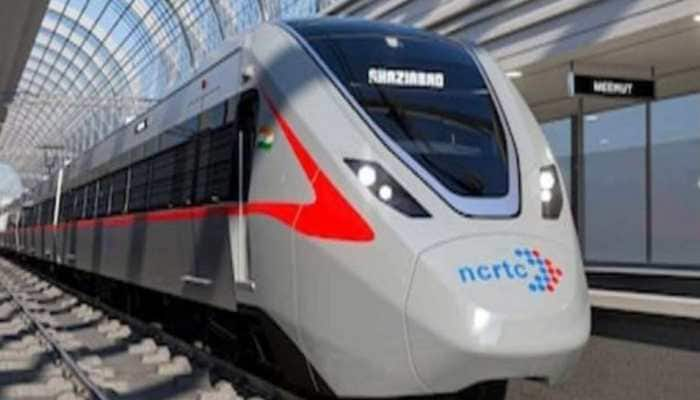India headed for a green energy revolution: Harvard scientist
The inventor of the artificial leaf and co-creator of its bionic version plans to launch a pilot of the advanced technology in India with the assertion that a "renewable energy revolution will take place" in the country.
Trending Photos
)
Kolkata: Harvard chemist and energy innovator Daniel G. Nocera is a man on a "renewable" mission. The inventor of the artificial leaf and co-creator of its bionic version plans to launch a pilot of the advanced technology in India with the assertion that a "renewable energy revolution will take place" in the country.
Nocera, currently the Patterson Rockwood Professor of Energy in the Department of Chemistry and Chemical Biology at Harvard University, invented the artificial leaf which used solar power to split water and make hydrogen fuel.
Because society isn`t set up to use hydrogen, to circumvent the problem of storing and using hydrogen, he and his team went one step further with the bionic leaf. They made liquid fuel.
The bionic leaf turns sunlight into liquid fuel. It uses solar energy to split water molecules and hydrogen-eating bacteria to generate the fuel. The system churns out energy 10 times more efficiently than natural photosynthesis. Nocera collaborated with Pamela Silver of Harvard Medical School for the bionic version.
Now, the 59-year-old intends to set up a formal collaboration with the Institute of Chemical Technology (ICT) in Mumbai and supply some of the science and the engineered bacteria to the scientists to take the technology forward.
"I want to start anything that goes for the commercialisation of the bionic leaf, for instance. I want do it in India. I am not doing it with American companies. Because ICT has such great chemical engineers I am hoping we can do it. I want to start a pilot project. We already have a MoU in place (Harvard with ICT) but we haven`t worked out the details of the project. We will do it now," Nocera asserted.
The USP of the technology, which relies on unique catalysts that are biocompatible, is that it allows the use of any kind of water, even dirty water.
"You could imagine anybody with an artificial leaf. If you have sunlight you can use any water source. It doesn`t have to be pure water. It is totally distributed. It can use dirty water and sunlight; it`s the way to distribute fuel production," explained Nocera, who pitched his technology as being for the poor.
But will it be cheap enough?
"It`s cheap enough, but it`s not cheap enough to use now because nobody is going to invent anything that is cheaper than coal, oil or gas. Nothing is ever going to be cheap enough. That`s a bogus argument, in my opinion. The only way to make it cheap enough is to put new policies in place which scientists don`t do. They don`t like to work with policy people. I work with them," he averred.
Nocera has given almost a hundred invited talks on the artificial system (that resembles a sleek modern-day smartphone) and has received his fair share of criticism as well for what has been called his "radical" approach. But he remains unmoved, maintaining whenever one does things differently, one is criticised.
"We used silicon in the artificial leaf which absorbs light and separates the charge. The catalysts get energised by that and splits the water. It was extremely hard. For 40 years, people were trying to make a single magic material that absorbs the light, separates the charge and does the catalysis. Our system has different components and that`s how photosynthesis works," he elaborated.
Nocera, as the co-founder of the Sun Catalytix start-up (from where the hydrogen/artificial leaf story began in 2009) had also started working with the Tata group in India on hydrogen as a fuel. However, due to the lack of infrastructure to use hydrogen, his company turned to developing a flow battery to store the power and plug it into the grid. Lockheed Martin acquired the start-up in 2014.
Envisioning a future where households will have rooftop bionic systems, Nocera believed it`s a tough call for India -- which has a 100 GW solar power target for 2022 -- to continue using fossil fuels to keep the economy growing or to set up a whole new infrastructure for renewables.
"I am hoping (India can achieve it). You have to really understand the pressure politicians are under: Everybody in India also wants his economy to grow. So do I put in a whole new infrastructure for renewable energy or do I just keep using fossil fuels to keep the economy growing," he wondered.
Stay informed on all the latest news, real-time breaking news updates, and follow all the important headlines in india news and world News on Zee News.
Advertisement
Live Tv
Advertisement







)
)
)
)
)
)
)
)
)
)
